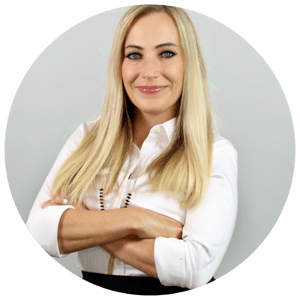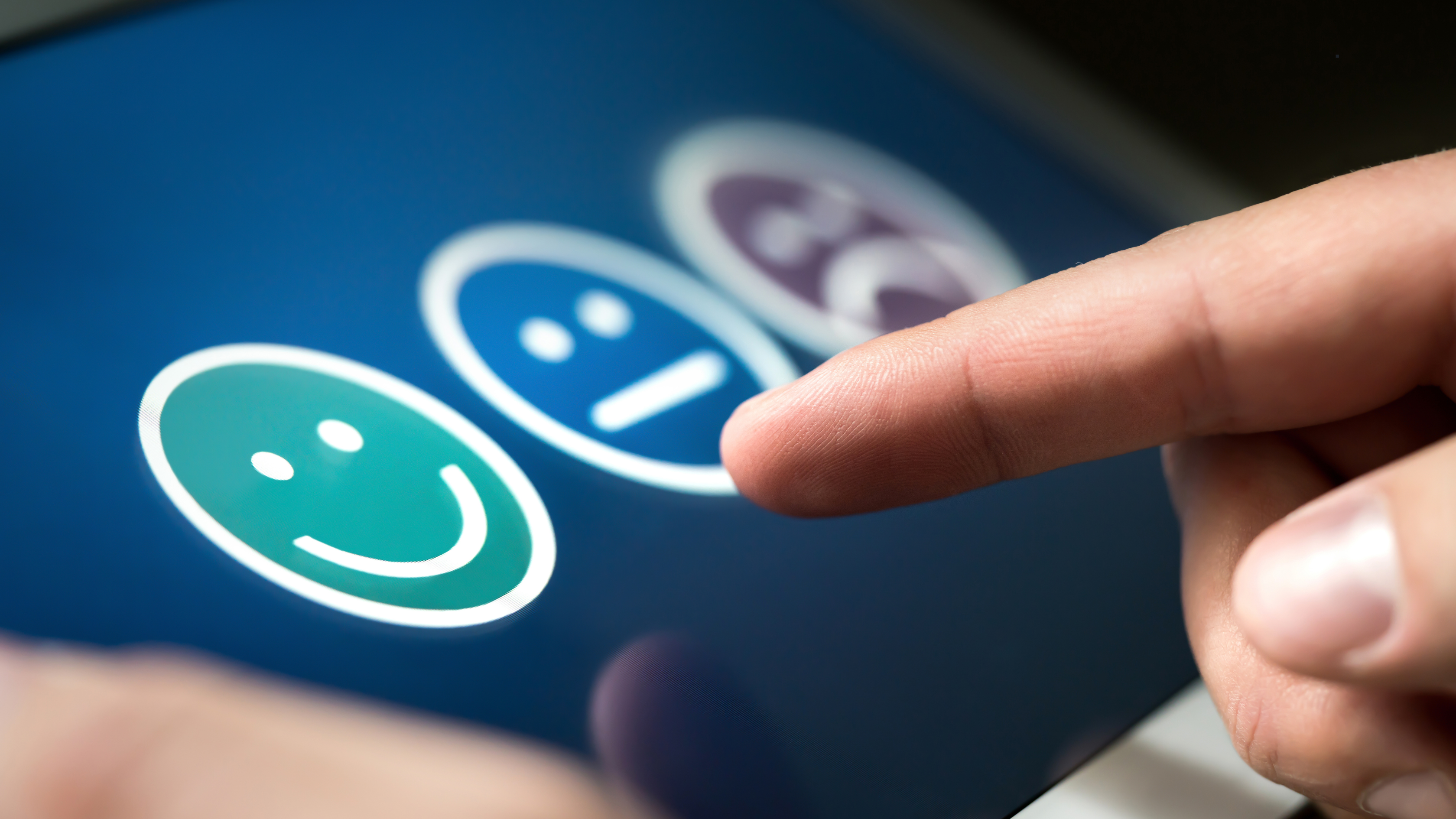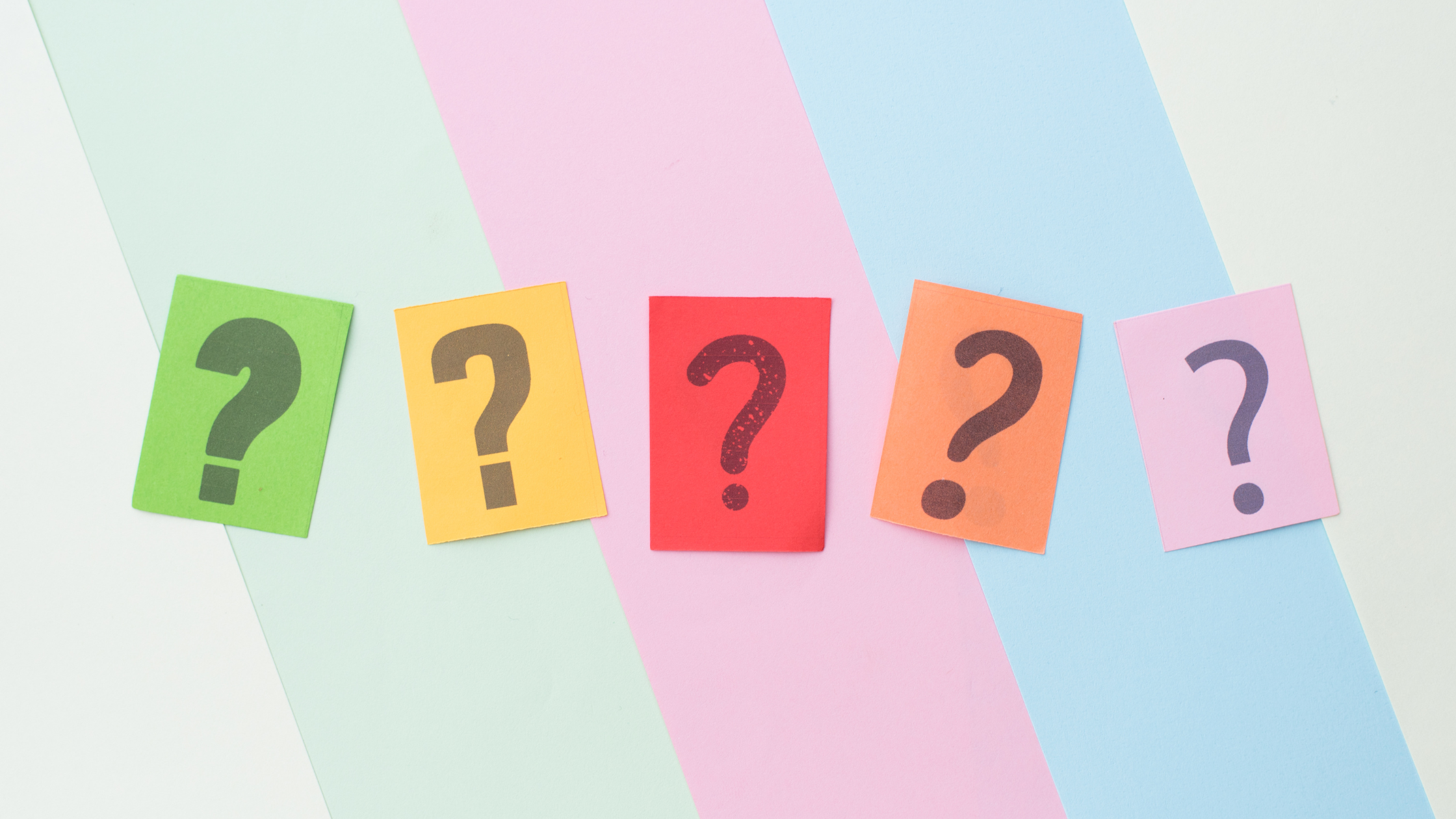“Loneliness is a better predictor of early death than smoking a pack of cigarettes per day.”
Since returning from the 2017 INBOUND Conference in Boston, I’ve started most of my marketing-driven planning with a focus on this impactful statement from the incredible Brené Brown.
Loneliness can better predict someone’s early death than smoking an entire pack of cigarettes every single day can! Let’s just take a moment to let that sink in…
Incredible, isn’t it? Loneliness is a painful and powerful thing. As human beings, at our very core, we have an innate need to belong to each other. It’s such a requirement that it can actually impact the length of our lives.
LONELINESS IS POWERFUL
How can the power of loneliness help positively impact your business outreach?
Your clients and prospective clients are no different than anyone else. Just like you, they are likely drowning in a sea of marketing and advertising material, piled-up emails and unanswered voicemails. They simply don’t have the time it would take to properly digest that amount of communication.
As a society, we reach out to people and get reached out to all the time. More than ever before. At any given point throughout the day, there are tons of conversations, (written, illustrated and verbal) going on around us—so many that maybe, just maybe, we’ve lost the personal touch it takes to have genuine conversations and build authentic professional connections.
THE EMPOWERMENT ADVANTAGE
Your clients and prospects want to make real connections. They want to understand the people behind the products they buy, and to be understood by them. They want to work with companies that they feel like they can belong to.
As Jeff Rosenblum of The Naked Brand reminded those in the INBOUND audience, brands that focus on empowering people outperform others 8 to 1. Why? Because in order to empower your audience, you have to understand them, connect with them and care enough to want to see them succeed. You have to provide them with quality outreach and products. Your offerings should meet their needs, show an understanding of their pain points and answer their questions. Finally, your audience has to be able to know that you will listen, that they can depend on you and that they can trust you. Knowing them this well is the only thing that will allow you to provide them with a valued service.
AN EMOTIONAL FOCUS
It’s hard for your intended audience to hear you with all of the communication “noise” that is out there today. How are you supposed to get your messages through?
According to Rosenblum, your tactics require a re-focus: a shift from working to obtain transactional relationships and, instead, a push to cultivate emotional ones. He cited empowering your audience, improving lives and building a “passion brand” as other keys.
In forming these emotional relationships, you can learn your clients’ and prospective clients’ hopes, dreams, aspirations and goals, and work to emphasize them with each interaction. This forms an authentic connection and produces the feeling of being wholly understood.
So many people today are feeling lonely among all of the “noise” surrounding them, but there’s no loneliness in being completely understood and supported. That’s exactly what people want. It’s time to use the power of loneliness to inspire you to reach out, create real connections and build a business structure that feels more like family—where your customers and clients truly do belong.
What do you do to encourage authentic connections with clients and prospective clients? Leave a comment below!
 |
Lindsey is a proud wife and mom with a passion for culture, travel and carbs. When she isn’t planning her next Disney cruise, she’s usually chasing her dogs, hanging with her children or anxiously awaiting another date night with her husband. |

Lindsey Elias, Marketing
As our Marketing Content Manager, Lindsey is passionate about producing quality content. When not at the office or planning her next Disney getaway, she loves hanging with her husband, family and fur babies and indulging in the two c's: carbs & coffee.
DISCLAIMER
The information contained in this blog post is intended for educational purposes only and is not intended to replace expert advice in connection with the topics presented. Glatfelter specifically disclaims any liability for any act or omission by any person or entity in connection with the preparation, use or implementation of plans, principles, concepts or information contained in this publication.
Glatfelter does not make any representation or warranty, expressed or implied, with respect to the results obtained by the use, adherence or implementation of the material contained in this publication. The implementation of the plans, principles, concepts or materials contained in this publication is not a guarantee that you will achieve a certain desired result. It is strongly recommended that you consult with a professional advisor, architect or other expert prior to the implementation of plans, principles, concepts or materials contained in this publication.
This blog post may contain the content of third parties and links to third party websites. Third party content and websites are owned and operated by an independent party over which Glatfelter has no control. Glatfelter makes no representation, warranty, or guarantee as to the accuracy, completeness, timeliness or reliability of any third party content. References to third party services, processes, products, or other information does not constitute or imply any endorsement, sponsorship or recommendation by Glatfelter, unless expressly stated otherwise.
Related posts
Learn to create a memorable client experience from the customer service experts at Trader Joe's.
Questions you can use to help you determine if an insurance Carrier, Program Manager or MGA might be the right fit for your book of business.
With so much information online—it's comforting to hear from a real person with first-hand experience with a product or service before you make a purchase.






Submit a Comment